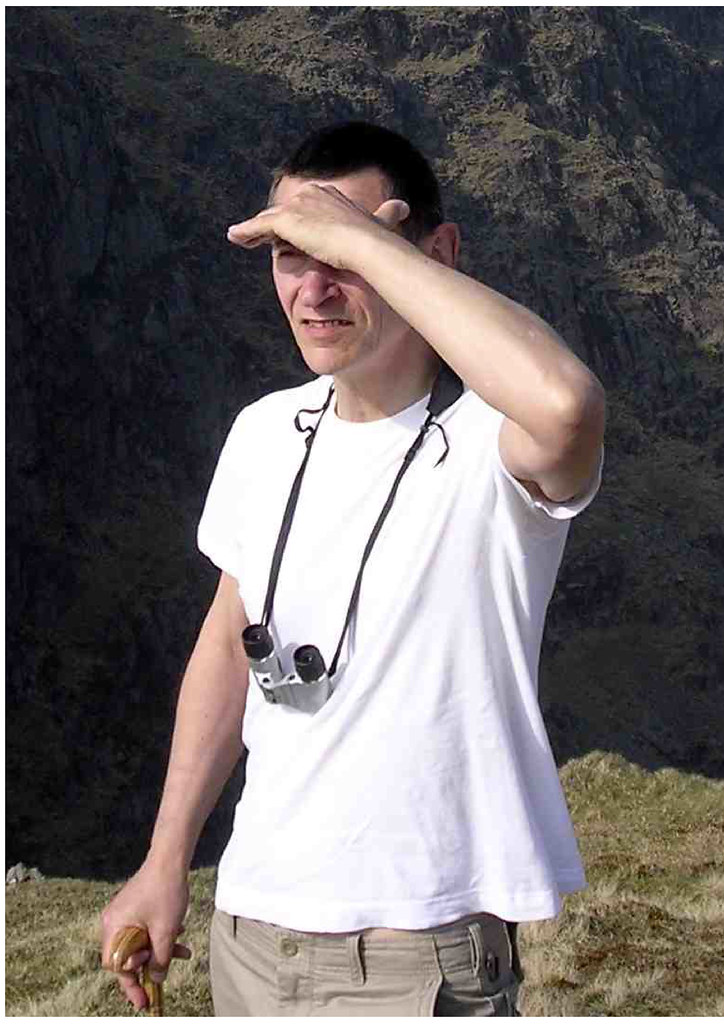The standard qualitative test for nickel is to use a solution of DMG (dimethylglyoxime). I followed the instructions in Hoke for making 20ml solution of DMG (dimethylglyoxime) in distilled water, boiling it for some time. However it deposited a bunch of crystals, and on checking online I find that it is ‘virtually insoluble’ in cold water; Merck for example says solubility is 0.6g/l. I find it inexplicable that Hoke should seem to be inaccurate on this matter. The supernatant liquid reacted with some strong nickel chloride (plating solution) to give a very faint pink precipitate. Things were (literally) much rosier when I added methylated spirits to the residue DMG crystals as well as water, to get a much stronger solution. This precipitated a heavy deposit of beetroot-red organometallic complex (see picture left), with, strangely, no trace of colouration in the supernatant liquid of the methylated spirits dye, which seemed to have 'complexed out' of it at the same time. Apparently the DMG solution needs to be not too acidic in pH for the test to work; better for it to be slightly alkaline. In more strongly acid solution, the same reagent is apparently a useful test for palladium, with which it gives a canary-yellow precipitate (which I have not tested). More information can be found from people who test meteorites; who variously suggest that the DMG should be dissolved in methanol at 10gm/litre, and that the results can be masked by many other metallic ions, especially cobalt.
2010-12-13
Testing for nickel
Posted by
Paul Jelley
at
16:34
![]()
![]()
Subscribe to:
Post Comments (Atom)


No comments:
Post a Comment